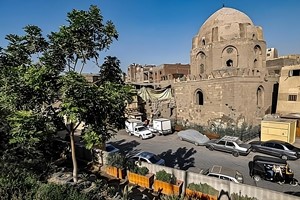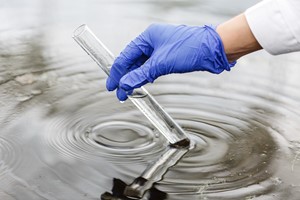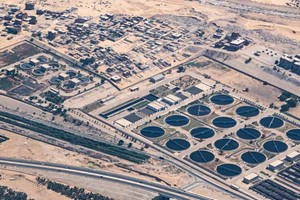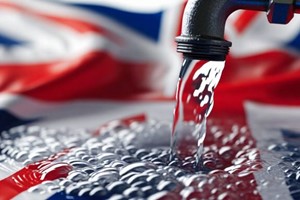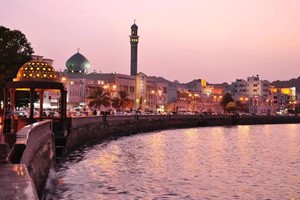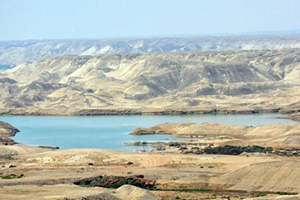At the foot of an 800-year-old Cairo mausoleum, weeds rise from a murky green pool – a sign of massive loss of clean water that often goes to waste instead of reaching Egyptian consumers.
Beneath intricate Quranic inscriptions, the thick shrubbery crawls upwards from waist-deep water towards the 13th-century Al Ashraf Khalil dome in the Egyptian capital's historic quarter.
But "it's not natural" nor the result of spring water said heritage management expert May al Ibrashy.
In a country already suffering from severe water scarcity, official figures show that more than a quarter of clean water produced never makes it to consumers.
Egyptians already consume slightly over half of what hydrologists consider the cut-off for water poverty at 1,000 cubic metres (35,300 cubic feet) per person annually, with the UN warning Egypt could "run out of water by 2025".
In several heritage sites in Cairo's historic Al Khalifa neighbourhood which have not undergone renovation, Ibrashy's team "tested the water, and the results are consistent that it's drinking water mixed with sewage".
That, she said, "means there's leakage" in the massive network of pipes that serves Greater Cairo's 20 million inhabitants.
Sunk cost
Egypt's iconic mosques and mausoleums, located near the Nile, are more susceptible to water damage due to their lower ground level and proximity to the Nile. In the 2021-22 fiscal year, 26.5 percent of Egypt's clean water was lost, with non-revenue water draining hundreds of millions of cubic meters daily from faucets. The national Holding Company for Water and Wastewater does not disclose the breakdown of loss by causes, leaks, or illegal connections. Major cities like Cairo experience 23.5 percent of clean water loss, with the Suez Canal governorates having the highest rates of water loss in the country.
Swamp to garden
Egypt faces a growing water crisis due to the country's economic crisis and budget cuts. Individual consumers currently have access to around 550 cubic metres of water, which is expected to drop to 500 cubic metres by 2025. Overhauling the system would cost billions, and other solutions, such as technologies that identify leak locations, require funding and political will from municipal authorities.
The current approach in heritage sites is dewatering systems, which prevent water and salinity damage before feeding it back into the sewage system. Solutions like Al Khalifa Park provide new green spaces in densely populated Cairo.




